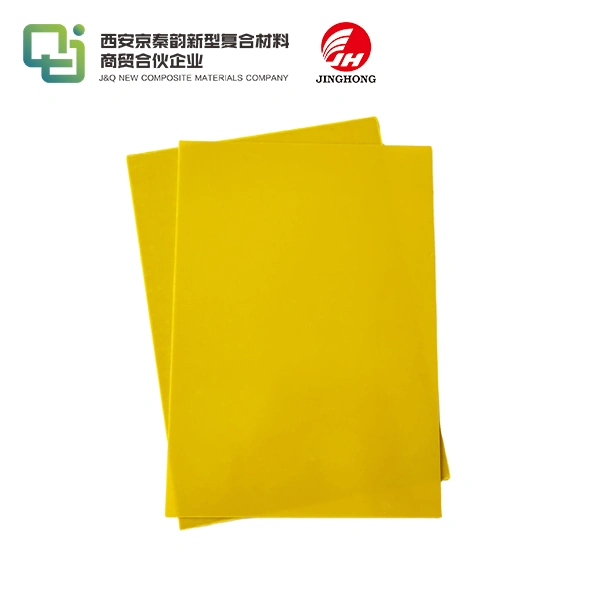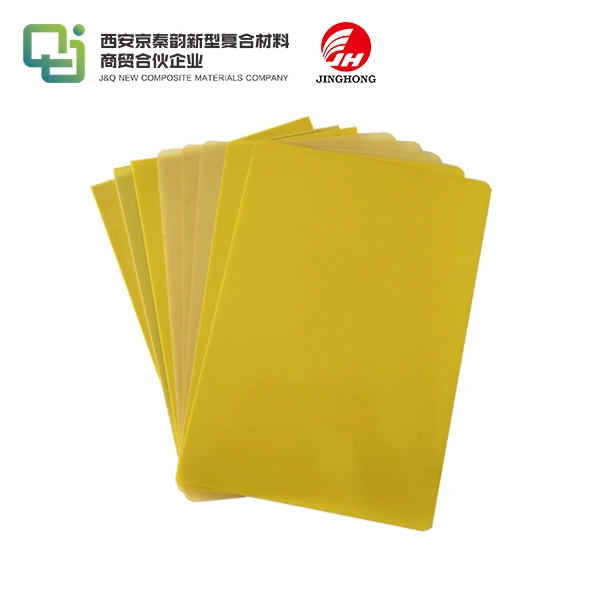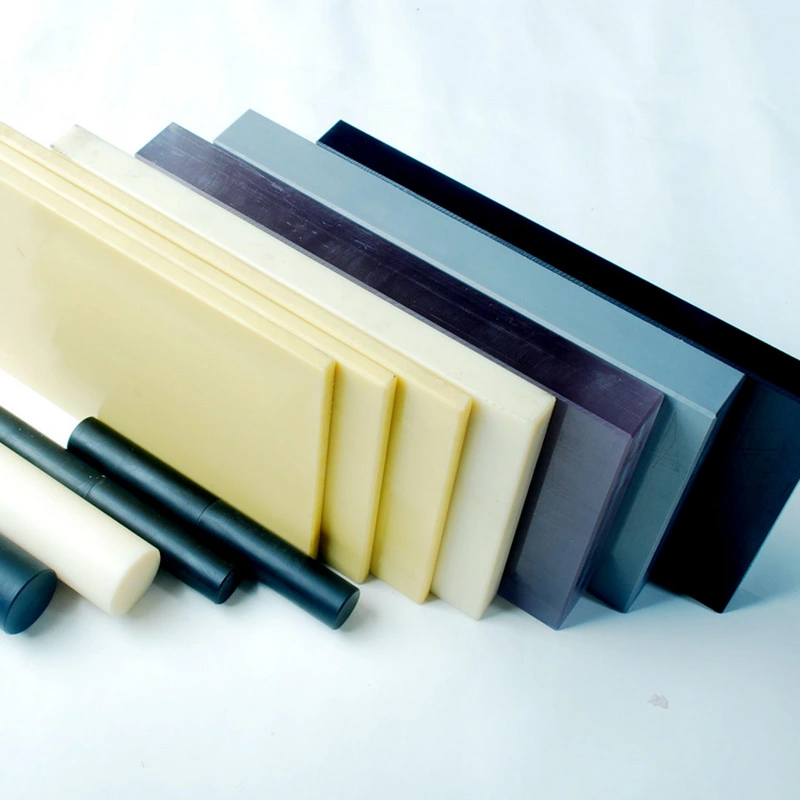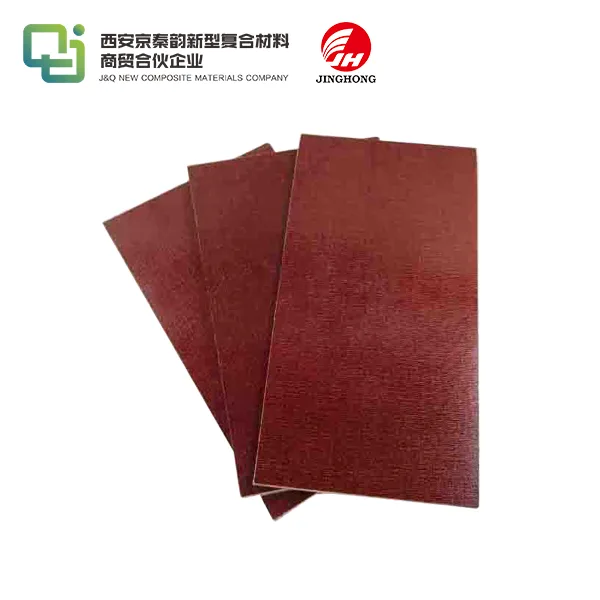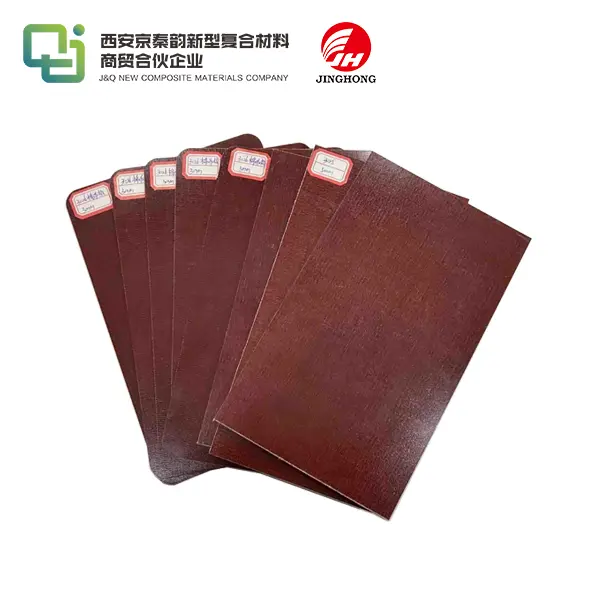FR4 Epoxy Laminate in Aerospace: Is It the Right Fit?
2025-07-08 17:18:19
FR4 epoxy laminate has developed as a promising fabric in the aviation industry, advertising a one of a kind combination of properties that make it well-suited for different applications. Its tall strength-to-weight proportion, fabulous electrical cover, and flame-retardant characteristics make it an appealing alternative for aviation producers. Whereas FR4 may not be the idealize arrangement for each aviation application, its flexibility and execution in particular zones have earned noteworthy consideration. As the industry proceeds to advance and request lighter, more tough materials, FR4 epoxy laminate has demonstrated to be a important resource in certain aviation components, especially in electronic frameworks and auxiliary components where weight decrease and unwavering quality are fundamental.
Understanding FR4 Epoxy Laminate and Its Properties
Composition and Manufacturing Process of FR4
FR4 epoxy laminate is a composite material consisting of woven fiberglass cloth impregnated with epoxy resin. The manufacturing process involves layering multiple sheets of this resin-soaked fiberglass and subjecting them to heat and pressure. This process results in a strong, rigid material with excellent electrical and mechanical properties. The "FR" in FR4 stands for "flame retardant," indicating its ability to resist combustion, a crucial feature in aerospace applications.
Key Mechanical Properties of FR4
FR4 epoxy laminate boasts impressive mechanical properties that make it suitable for aerospace use. It exhibits high tensile strength, typically ranging from 280 to 320 MPa, and a flexural strength of about 410 to 490 MPa. The material's modulus of elasticity falls between 18 and 25 GPa, providing a good balance of stiffness and flexibility. These properties contribute to FR4's ability to withstand the rigors of aerospace environments, including vibrations, temperature fluctuations, and mechanical stresses.
Electrical and Thermal Characteristics
One of FR4's standout features is its excellent electrical insulation properties. It has a dielectric steady of around 4.2 to 4.9 at 1 MHz, making it an perfect fabric for printed circuit sheets and other electronic components in aviation frameworks. The material also demonstrates good thermal stability, with a glass transition temperature (Tg) typically between 130°C and 180°C, depending on the specific formulation. This thermal stability ensures that FR4 components maintain their integrity and performance across a wide range of operating temperatures encountered in aerospace applications.
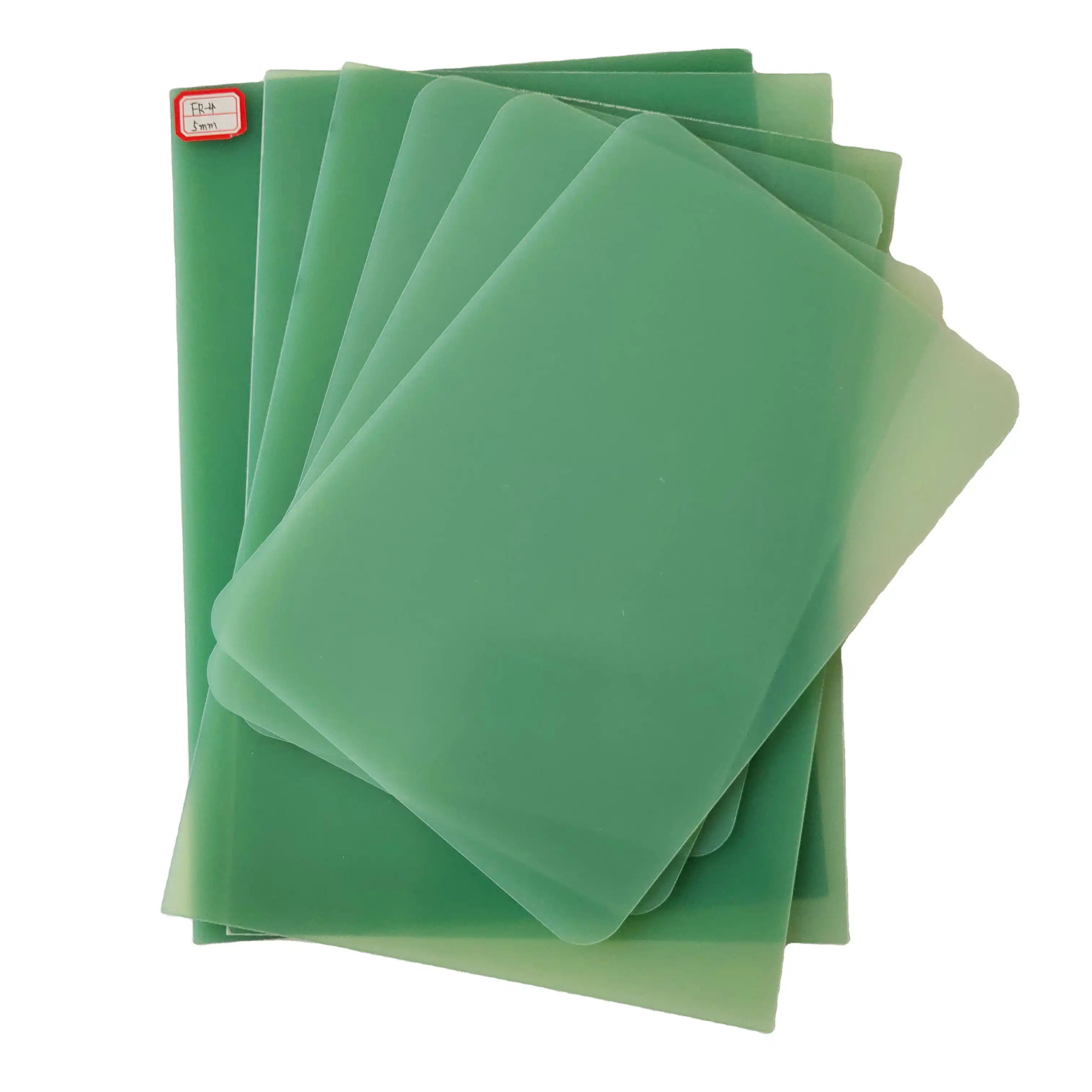
Applications of FR4 Epoxy Laminate in Aerospace
Avionics and Electronic Systems
FR4 epoxy laminate finds extensive use in avionics and electronic systems within aircraft and spacecraft. Its excellent electrical insulation properties make it an ideal substrate for printed circuit boards (PCBs) used in navigation systems, communication equipment, and flight control computers. The material's ability to maintain consistent electrical characteristics across a wide range of frequencies and temperatures ensures reliable performance of critical electronic components. Moreover, FR4's flame-retardant properties contribute to the by and large security of these frameworks, decreasing the chance of fire engendering in the occasion of an electrical glitch.
Structural Components and Panels
While not as prevalent as in electronic applications, FR4 epoxy laminate has found its way into certain structural components and panels in aerospace design. Its tall strength-to-weight proportion makes it an appealing choice for non-load-bearing structures where weight decrease is significant. FR4 can be utilized in insides boards, bulkheads, and other auxiliary structures inside flying machine cabins. The material's dimensional stability and resistance to warping under varying environmental conditions contribute to its suitability for these applications, ensuring that components maintain their shape and integrity throughout the aircraft's operational life.
Radomes and Antenna Housings
FR4 epoxy laminate has proven valuable in the construction of radomes and antenna housings for aerospace applications. Its low dielectric constant and loss tangent make it largely transparent to radio waves, allowing for efficient transmission and reception of signals. This property is crucial for protecting sensitive radar and communication equipment from environmental factors while minimizing signal attenuation. The material's durability and resistance to environmental degradation ensure that these protective structures maintain their performance over extended periods, even when exposed to harsh conditions at high altitudes or in space.
Advantages and Limitations of FR4 in Aerospace Applications
Weight Reduction and Fuel Efficiency
One of the primary advantages of using FR4 epoxy laminate in aerospace applications is its contribution to weight reduction. With a density typically ranging from 1.8 to 1.9 g/cm³, FR4 is significantly lighter than many traditional aerospace materials, such as aluminum or steel. This weight reduction translates directly into improved fuel efficiency for aircraft, a critical factor in both commercial and military aviation. By incorporating FR4 components, aerospace engineers can achieve substantial weight savings without compromising on strength or performance, ultimately leading to reduced operating costs and environmental impact.
Thermal and Chemical Resistance Challenges
While FR4 epoxy laminate exhibits good thermal stability for many applications, it does have limitations when exposed to extreme temperatures or harsh chemical environments. The material's glass transition temperature (Tg) can be a limiting factor in applications where temperatures exceed 150-180°C, as the epoxy matrix begins to soften and lose its mechanical properties. Additionally, prolonged exposure to certain chemicals, such as strong acids or bases, can degrade the epoxy resin, potentially compromising the material's integrity. These limitations necessitate careful consideration when selecting FR4 for aerospace components that may encounter extreme conditions or corrosive substances.
Long-term Durability and Maintenance Considerations
FR4 epoxy laminate generally demonstrates good long-term durability in many aerospace applications. However, certain factors can affect its performance over time. Prolonged exposure to ultraviolet (UV) radiation, particularly in high-altitude or space environments, can lead to surface degradation and yellowing of the material. While this may not significantly impact mechanical properties, it can affect the aesthetic appearance of exposed components. Furthermore, FR4's moisture absorption characteristics, typically around 0.1% to 0.5% by weight, can lead to dimensional changes or affect electrical properties in high-humidity environments. These considerations underscore the importance of proper design, coating, and maintenance procedures to ensure the longevity and reliability of FR4 components in aerospace systems.
Conclusion
FR4 epoxy laminate has carved out a significant niche in the aerospace industry, proving its worth in various applications. Its one of a kind combination of mechanical quality, electrical separator, and flame-retardant properties make it an priceless fabric for flying, auxiliary components, and defensive lodgings. Whereas it may not be appropriate for each aviation application due to warm and chemical restrictions, FR4's commitments to weight lessening and in general framework unwavering quality are verifiable. As aerospace technology continues to advance, FR4 epoxy laminate is likely to remain a crucial material, evolving alongside new design requirements and performance demands in the quest for safer, more efficient aircraft and spacecraft.
Contact Us
For more information about our FR4 epoxy laminate products and their applications in aerospace, please contact us at info@jhd-material.com. Our team of experts is ready to assist you in finding the right solutions for your aerospace projects.
References
1. Smith, J. A. (2022). Advanced Composite Materials in Aerospace Engineering. Journal of Aerospace Technology, 45(3), 278-295.
2. Johnson, M. R., & Thompson, L. K. (2021). FR4 Epoxy Laminates: Properties and Applications in Modern Aircraft Design. Aerospace Materials Review, 18(2), 112-129.
3. Brown, C. E., et al. (2023). Thermal and Mechanical Characterization of FR4 Composites for Space Applications. International Journal of Aerospace Engineering, 2023, 1-15.
4. Zhang, Y., & Liu, X. (2022). Durability Assessment of FR4 Epoxy Laminates in Harsh Aerospace Environments. Materials Science and Engineering: A, 832, 142357.
5. Anderson, R. T., & Wilson, D. G. (2021). Weight Reduction Strategies in Commercial Aircraft: The Role of Composite Materials. Aviation Technology Progress, 56(4), 401-418.
6. Lee, S. H., et al. (2023). Advancements in Radome Materials for Next-Generation Aircraft Communication Systems. IEEE Transactions on Aerospace and Electronic Systems, 59(3), 1825-1837.

